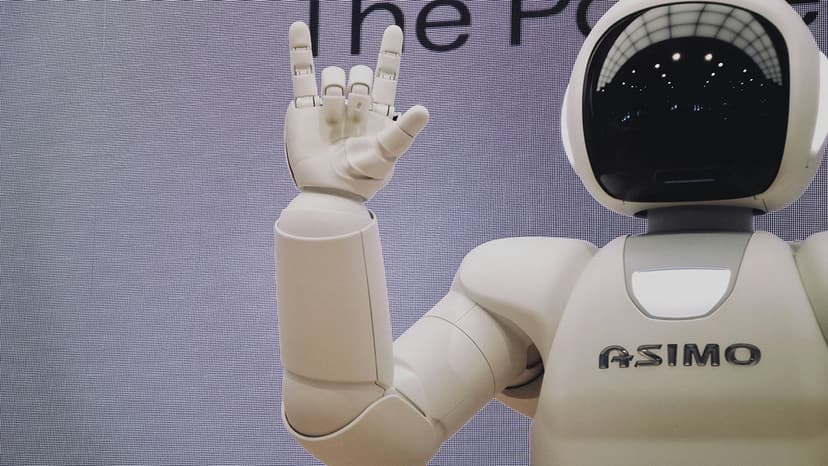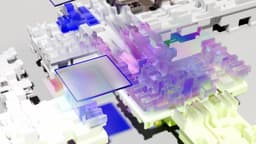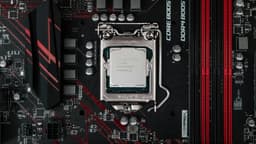What is USB-C?
USB-C is a reversible connector that can be plugged in either way. This feature eliminates the frustration of trying to determine the correct orientation. USB-C offers several advantages over previous USB types, such as USB-A and USB-B. It supports faster charging with USB Power Delivery. USB-C can deliver power of up to a few hundred watts, making it suitable for charging smartphones, laptops, and other high-power devices.
In addition to its charging capabilities, USB-C can transmit data at high speeds. It can handle data, video, audio, and even PCI-E signals, making it a versatile connector for a variety of applications.
USB-C vs. Previous USB Types
What sets USB-C apart from previous USB types? Its design and functionality are significantly different. USB-C is fully reversible, meaning there is no need to check for the correct orientation before plugging it in. This convenience enhances user experience.
USB-C is also smaller and thinner than its predecessors, featuring an asymmetrical and oval shape. This compact design makes it suitable for slimmer devices, such as smartphones, tablets, and ultrabooks.
The Emergence of USB-C
Why has USB-C become the standard for charging and data transfer? Its numerous advantages meet the growing demands of more power-hungry devices. USB-C offers improved power delivery and data transmission rates necessary for modern technology.
The widespread adoption of USB-C among device manufacturers drives its popularity. Companies like Apple, Intel, Dell, and Belkin support USB-C and have integrated it into their products. This has led to increased availability and compatibility across various devices.
USB-C in Practice
Where can USB-C be found? It is present in a wide range of devices, including smartphones, tablets, laptops, and gaming consoles. USB-C's ability to transmit both power and data makes it a preferred choice for charging and connecting devices. Whether charging a smartphone quickly or transferring large files, USB-C provides an efficient solution.
For example, recent MacBook Pro laptops feature USB-C ports that support charging, data transfer, and video output. These ports enable users to connect various peripherals and accessories, enhancing the capabilities of the device.












